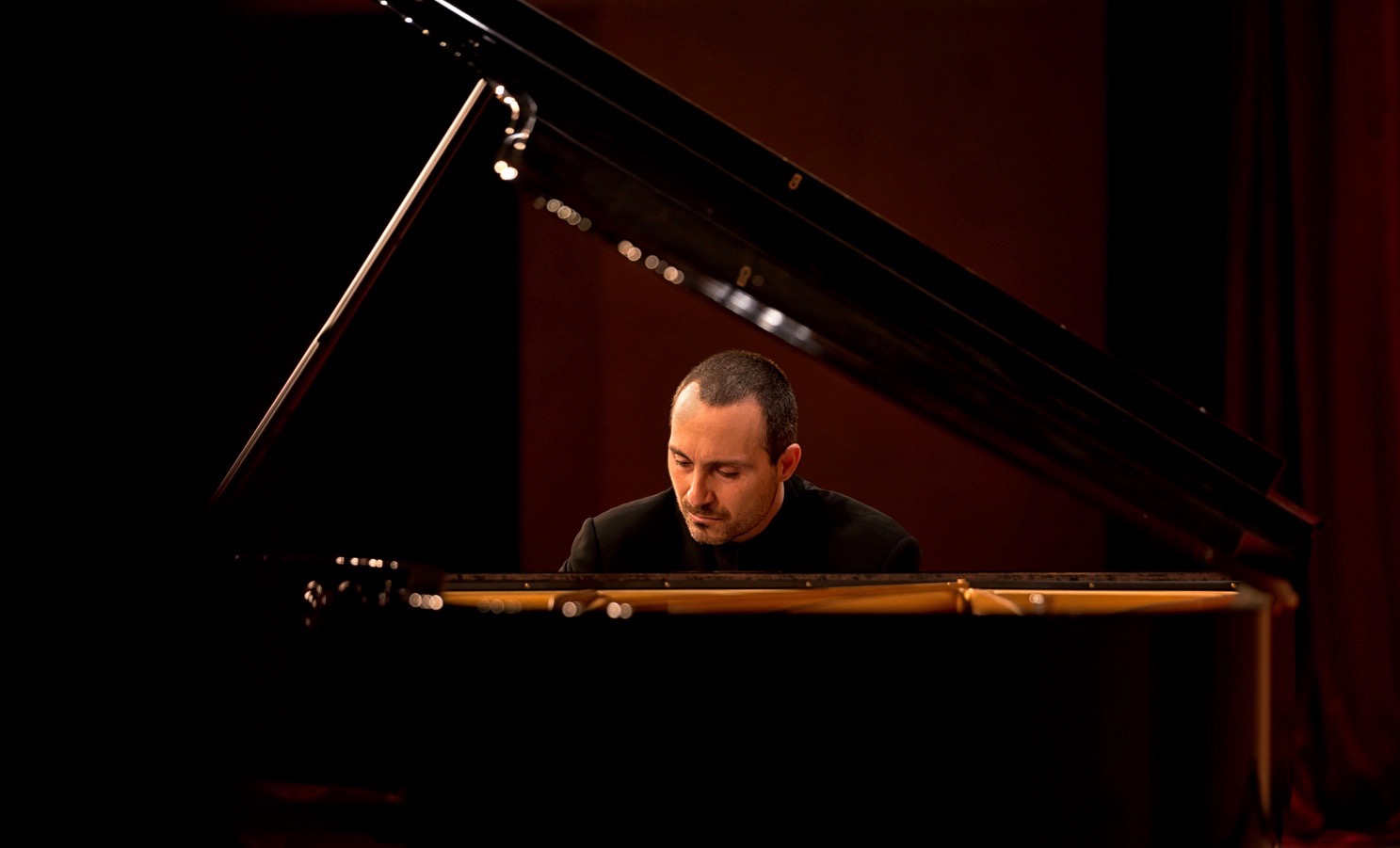“When I first heard Roberto Piana’s music, I was struck by the sheer depth, beauty, and directness of it. No affectation of any kind. Roberto’s language is uniquely his own, but rooted in tradition, blending the romantic, post-romantic, impressionistic, and modern idioms with a melodic vein that I can only describe as Italian, in the best sense of the word. Sometimes he also uses harmonic and rhythmic patterns that come from popular music, and even jazz. His deep knowledge and understanding of compositional styles and techniques from early to contemporary music allows him to have a vast array of devices at his disposal, all of which are masterfully used. He is not the kind of composer who rejects a type of language or a compositional technique just because they have already been used before (fortunately!), but he makes everything his own.
I have never liked very much composers who ignored and scorned anything that preceded them, as if they grew up in a vacuum and music started with them. Unfortunately, there were quite a few like that in the second half of the 20th century, and they were the ones who shouted the loudest, attacking anybody who dared innovate from within tradition, and seizing the limelight, so to speak.
I think it is as a result of their work, and of their shouting, that nowadays almost no one cares to listen to contemporary composers. There is true fright on the part of concert organizers, and to some extent record labels, when you propose to play music written by people who are still alive, or who passed away less than 70 years ago, because they know the public tends to stay away from that music, rejecting the very idea of contemporary classical music as a whole, without even listening to any of it. Those tyrannical few composers who shouted the loudest accomplished something terrible: to make the public at large believe that all contemporary composers sounded like them. And that is a pity, because there is a lot out there that is beautiful, that can really enrich our lives, and that is worth listening to. In truth, the last 70 years seem to me to be one of the most eclectic, interesting and varied eras in music. But I digress…….
What I find most fascinating in Roberto Piana’s music is that it flows completely naturally, and apparently effortlessly. It is based on traditional techniques, and it is mostly tonal in its harmonic frame, yet it sounds modern, current to me.
In composing these “25 Preludi Pittorici”, Roberto was able to create a large cohesive work (about 29′) made of twenty-five short pieces, each inspired by a different painting. Not only that, but the paintings come from artists with hardly any connection among them, from different countries, eras, styles, and depicting broadly varied subjects. These “Pictorial Preludes”, in my opinion, are a masterpiece. The way Roberto evokes the paintings through his music is absolutely wonderful. The paintings themselves are gorgeous. The sea is a recurring subject, from the beginning in Preludes 1, 2, 3, and then in the last one, 25. Then there is a prominent presence, if not in number at least in weight and position occupied within the general architecture of the work, of the religious subject. There is also the comical (Don Quijote), the ironic (La Risata), the reverent and learned (portrait of Bach), the tender (mother and child) and much, much more. The cohesiveness of the work through these many changes of character is assured by thematic relationships, sometimes subtle, sometimes more evident. The paintings are extremely important, yet I am convinced that if Roberto had not disclosed his source of inspiration, I would still find thousands of images evoked by the music, and I would love the work just the same, as absolute, pure music.
I hope you enjoy listening to one of my favorite contemporary works!


